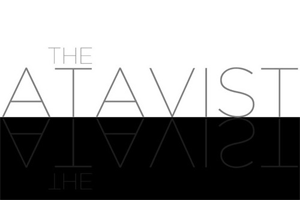Last week, I shared some tips for promoting your publication on the radio. This week, I’m expanding the list of tips to include ones specific to appearing on television.
All of the radio tips apply to TV, too. But on television, you’re adding a visual element to your presentation, one that can undermine your message if you don’t take the time and make the effort to work within the opportunities of the medium.
So prepare as you would for a radio interview – know your “talking points” and have those easy-to-remember facts and anecdotes ready. Warm up, but keep your cool when you’re on the air. And follow these tips, too:
I work out of a home office, which raises an additional issue. If the TV crew is coming by at an hour when the rest of the family is home, make sure you talk to the kids beforehand about how to behave when the crew is there. In short, keep quiet and stay out of the way.
As a journalist, you learned how to cultivate sources. As a publisher, you should apply that skill in cultivating relationships with other media outlets, as well. Your colleagues in radio and television can help you spread the word about your publication, and your credibility as a voice covering your beat. I hope you’ll embrace these tips to help you present yourself even more effectively through radio and television.










